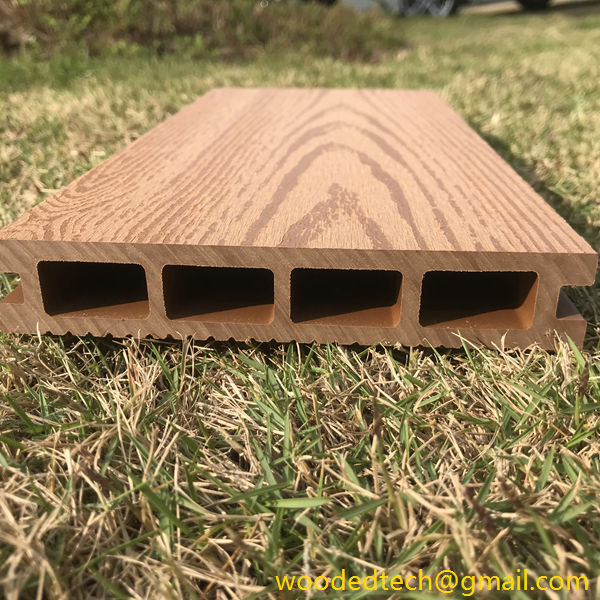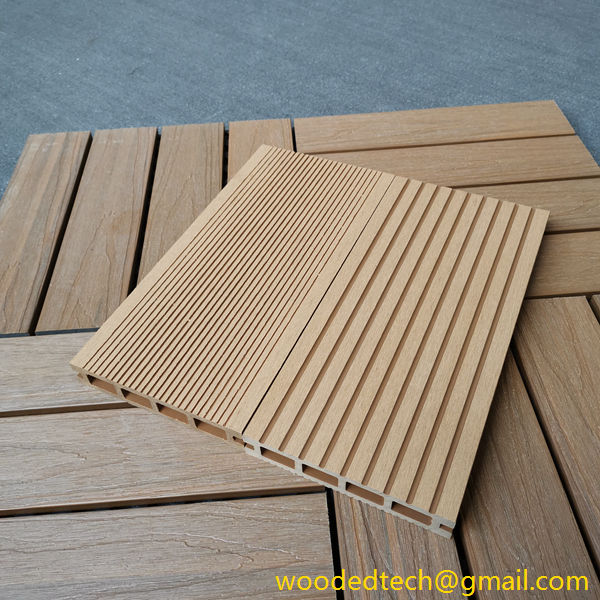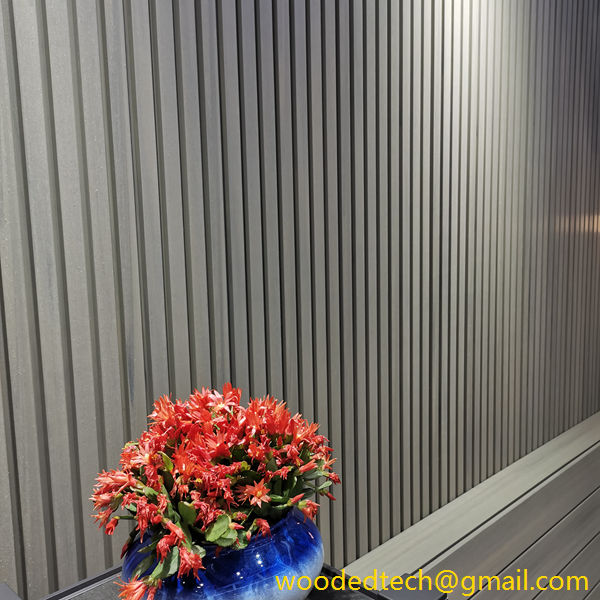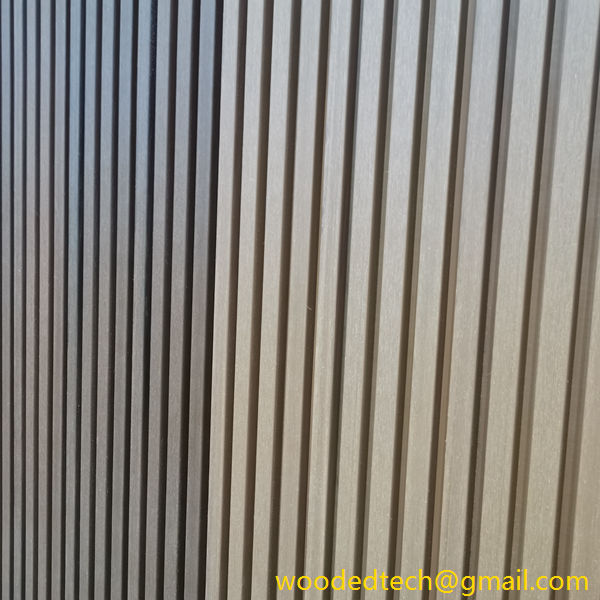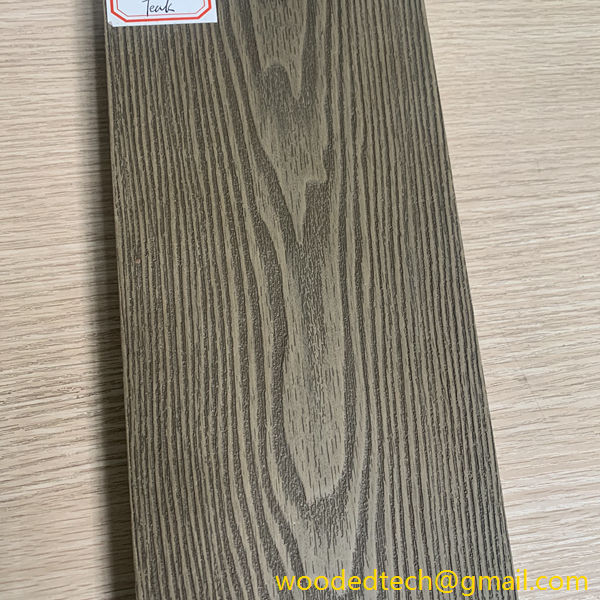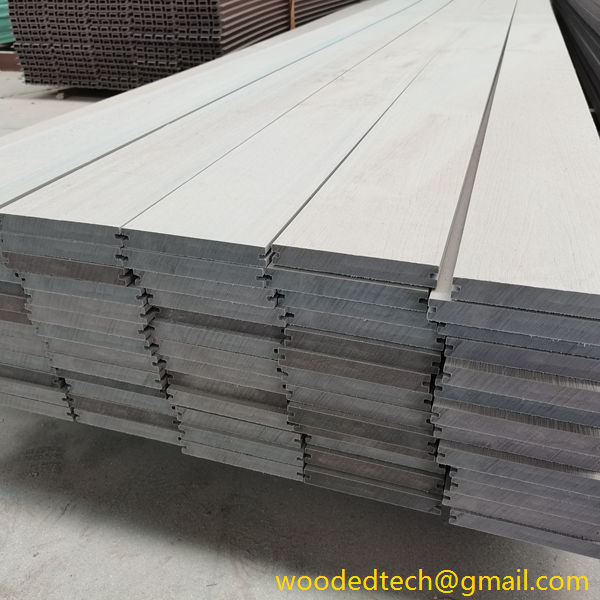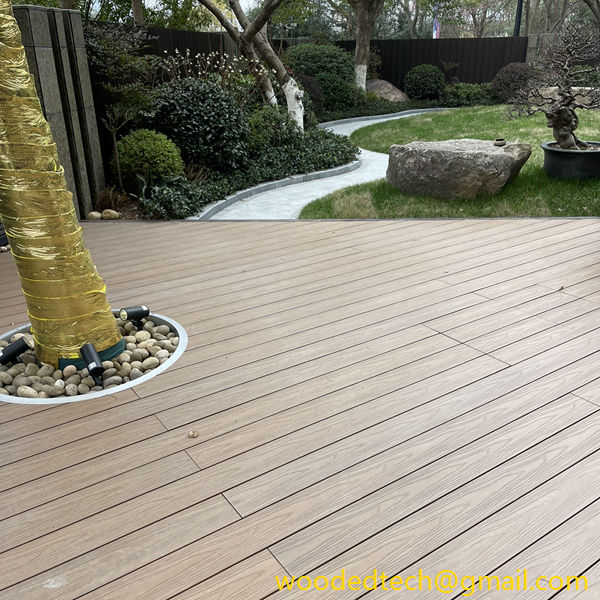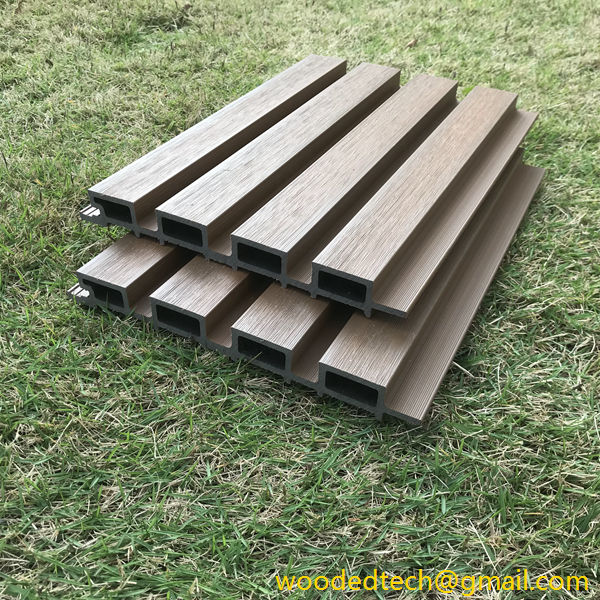Was ist der HS-Code für WPC-Terrassendielen: Verständnis der Klassifizierung von WPC-Terrassendielen
Was ist der HS-Code für WPC-Terrassendielen: Die Klassifizierung von WPC-Terrassendielen WPC-Terrassendielen oder Terrassendielen aus Holz-Kunststoff-Verbundstoffen haben in den letzten Jahren aufgrund ihrer einzigartigen Kombination aus Haltbarkeit, Ästhetik und Umweltverträglichkeit erheblich an Beliebtheit gewonnen. Da dieses Material im Baugewerbe und in der Landschaftsgestaltung immer mehr Verbreitung findet, ist es wichtig, seine Klassifizierung unter dem...
Was ist der HS-Code für WPC-Terrassendielen: Verständnis der Klassifizierung von WPC-Terrassendielen
WPC decking, or Wood Plastic Composite decking, has gained significant popularity in recent years due to its unique combination of durability, aesthetic appeal, and environmental sustainability. As this material becomes more prevalent in the construction and landscaping sectors, understanding its classification under the Harmonized System (HS) code becomes essential for businesses and individuals alike. The HS code helps in the international trade of goods, ensuring that products are accurately classified and tariffs are applied appropriately.
The Harmonized System is a standardized numerical method of classifying traded products. Developed and maintained by the World Customs Organization (WCO), the HS code system is used by countries worldwide to facilitate international trade by providing a common framework for identifying goods. Each product is assigned a unique code, which consists of six digits, although many countries may extend this code to further specify the product.
WPC decking is generally classified under HS code 3918, which pertains to “Plastics and articles thereof.” More specifically, WPC decking falls under the category of “Floor coverings of plastics.” The HS code can vary slightly depending on the country and specific characteristics of the product, but 3918 serves as a useful starting point for identifying WPC decking in trade documentation.
The classification of WPC decking as a plastic product is rooted in its composition. WPC decking is typically made from a blend of wood fibers and plastic materials, often polyethylene or polypropylene. This combination offers several advantages over traditional wood decking, including increased resistance to moisture, insects, and UV radiation. Furthermore, WPC decking is often marketed as an eco-friendly alternative, as it can be produced using recycled materials and has a lower environmental impact compared to conventional wood products.
Understanding the HS code for WPC decking is crucial for a variety of stakeholders in the construction and landscaping industries. For manufacturers and exporters, accurate classification under the HS code ensures compliance with international trade regulations, avoiding potential fines or delays at customs. Moreover, correctly identifying the HS code can facilitate smoother transactions, as it allows for the proper assessment of tariffs and duties that may apply based on the product’s classification.
For importers, familiarity with the HS code for WPC decking is equally important. Knowing the correct classification can help businesses make informed decisions about sourcing materials, negotiating prices, and understanding the total landed cost of products. Additionally, accurate classification can assist in navigating trade agreements and regulations that may affect the importation of WPC decking.
Beyond the practical implications of understanding the HS code for WPC decking, there are broader considerations related to market trends and consumer preferences. The growing demand for eco-friendly and sustainable building materials has led to an increase in the popularity of WPC decking. As more consumers become aware of the environmental benefits associated with this product, manufacturers are responding by developing innovative and aesthetically pleasing designs that mimic the appearance of natural wood. This evolution in design not only enhances the appeal of WPC decking but also positions it as a viable alternative to traditional decking materials.
Another aspect to consider is the impact of technological advancements on WPC decking production. As manufacturing processes become more sophisticated, the quality and performance of WPC products continue to improve. Innovations in material science have led to the development of WPC decking that is more resistant to fading, scratching, and warping. These enhancements further solidify WPC decking’s position in the market as a durable and long-lasting solution for outdoor spaces.
In addition to its practical benefits, WPC decking also offers versatility in design and application. It can be used for various outdoor projects, including patios, pool decks, and walkways, making it an attractive option for homeowners and landscapers alike. The range of colors and textures available allows consumers to choose products that complement their existing outdoor aesthetics, further driving the demand for WPC decking solutions.
The increasing popularity of WPC decking also raises questions about the future of traditional wood decking. While wood has been a staple in outdoor construction for centuries, the advantages offered by WPC products have led to a shift in consumer preferences. As manufacturers continue to innovate and improve the quality of WPC decking, it is likely that its market share will continue to grow, potentially leading to a decline in the use of traditional wood materials.
In conclusion, understanding the HS code for WPC decking is essential for anyone involved in the buying, selling, or regulation of this innovative building material. The classification under HS code 3918 provides a framework for navigating international trade, ensuring compliance with regulations and facilitating smoother transactions. As the demand for sustainable and durable outdoor materials continues to rise, WPC decking will likely play an increasingly important role in the construction and landscaping industries. This evolution not only reflects changing consumer preferences but also highlights the need for stakeholders to stay informed about the latest trends and developments in the market. By understanding the complexities of WPC decking classification and its implications for trade, businesses can position themselves for success in a competitive landscape, ultimately contributing to a more sustainable future in construction.

